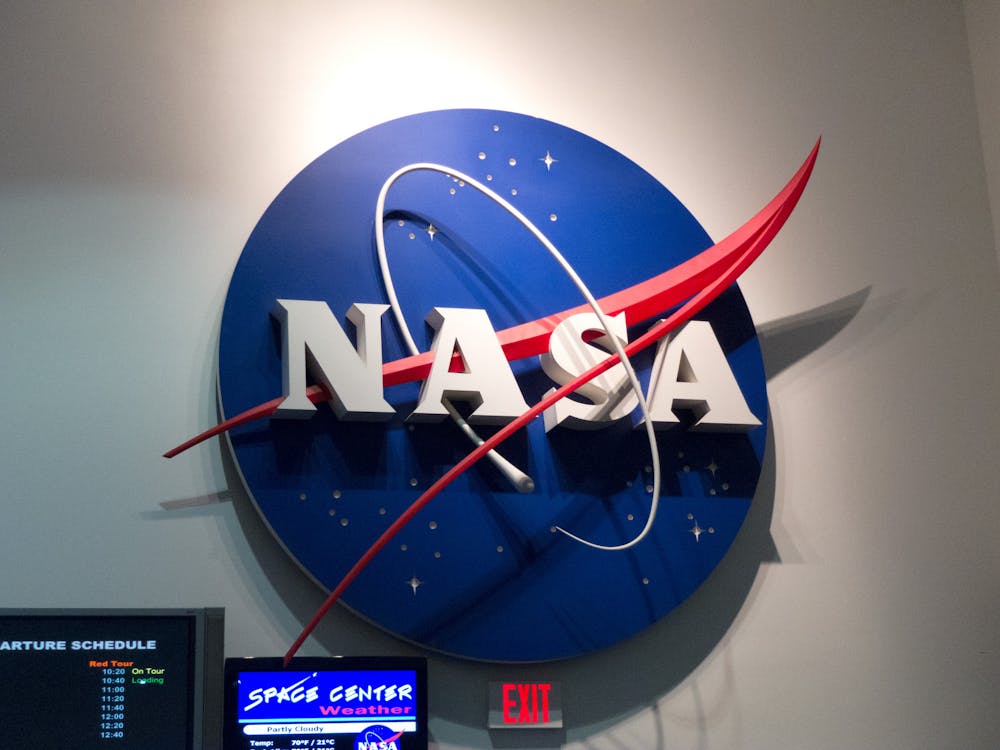By Aneri Upadhyay
Staff Writer
The recent spacecraft crash from NASA’s Double Asteroid Redirection Test (DART) mission was met with cheer and excitement rather than the usual disappointment that follows an event like this. Why? The crash was intentional.
The DART mission started 10 months ago, according to CNN. Its purpose was to use a spacecraft to stop an asteroid from reaching Earth by deliberately striking it. This mission was the first test of the kinetic impact technique, as reported by NASA, which involves hitting an asteroid to change its trajectory away from Earth, preventing the asteroid from threatening the planet.
The asteroid, dubbed Dimorphos, was chosen as the target for the DART mission because it has been surrounding Earth for years and served no threat, according to AP. It also serves as a good example of a potential threat due to its size of 525 feet, which is an appropriate size to mimic an asteroid that could head towards Earth.
According to Space.com, the spacecraft found Dimorphos through the DRACO, or Didymos Reconnaissance and Asteroid Camera for Optical navigation. DRACO helps the spacecraft find the asteroid with precise accuracy, a difficult task to achieve due to how small the asteroid is. Dimorphos was not visible until an hour before impact because of its size.
Now that the impact is over, NASA will observe Dimorphos to see if its path really changed due to the collision. The agency reported that ground telescopes will be used and it is expected that the orbit becomes 10 minutes shorter. The scientists are focusing on to what degree much the orbit will change, so that they are able to adjust the calculations if needed to guarantee that a future threatening asteroid would be far away enough to avoid Earth completely.
If the orbit of Dimorphos has changed, there may finally be a possibility of protecting the Earth from an asteroid that could destroy life.
“We’re embarking on a new era of humankind, an era in which we potentially have the capability to protect ourselves from something like a dangerous, hazardous asteroid impact,” Lori Glaze, the director of NASA’s Planetary Science Division, told CNN. “What an amazing thing. We’ve never had that capability before.”
The asteroid completely destroyed the spacecraft, as reported by Nature. Megan Bruck Syal, a physicist at the Lawrence Livermore National Laboratory in California, told the outlet that “a lot of [the spacecraft] is pulverized, and some of it is melted.” This was expected of the one way journey, as it confirms that contact occurred.
Katherine Calvin, NASA’s chief scientist and climate advisor, noted the advancements society has made in space travel by alluding to the asteroid that wiped out the dinosaurs.
“The dinosaurs didn't have a space program to help them, but we do,” Calvin told Space.com. “So DART represents important progress in understanding potential hazards in the future and how to protect our planet from potential impacts.”







